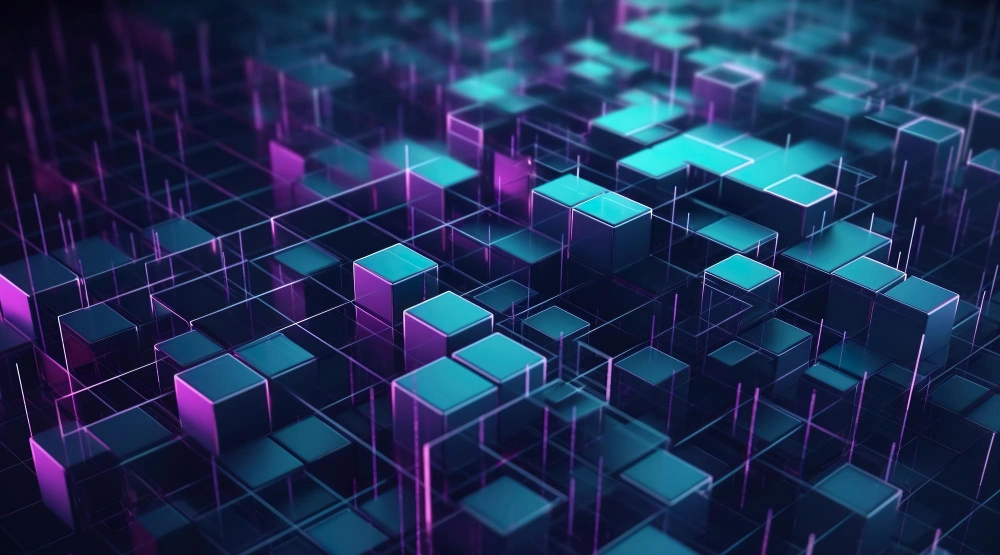Copyright 2023 - Designed & Developed by Genesis Technologies

The gaming industry is on the cusp of a transformation, with Web 3.0 technologies paving the way for a new era of immersive and interactive experiences. This blog explores how Web 3.0, characterized by decentralization, blockchain technology, and tokenization, is revolutionizing gaming, offering players unprecedented control and opportunities.
What is Web 3.0?
Web 3.0 represents the third generation of internet services, focusing on decentralized networks and leveraging technologies like blockchain, artificial intelligence, and IoT. This new web paradigm aims to create a more autonomous and user-centric internet environment, where users control their own data, identities, and transactions.
The Impact of Web 3.0 on Gaming
- Decentralization: Traditional gaming platforms are centralized, meaning all player data and game assets are controlled by a single entity. Web 3.0 introduces a decentralized model where players can own and trade their digital assets (like skins, characters, and even in-game real estate) securely and transparently on the blockchain.
- Tokenization: Through tokenomics, gaming platforms can issue their own cryptocurrencies or tokens that can be used for a variety of purposes within the game ecosystem. These tokens can represent anything from currency to access rights, and they can be traded on decentralized exchanges, providing real economic value to players’ in-game achievements.
- Interoperability: One of the most exciting prospects of Web 3.0 in gaming is the ability for different games and platforms to interact seamlessly with each other. This means assets acquired in one game could potentially be used in another, blurring the lines between distinct game worlds and creating a more unified gaming experience.
- Play-to-Earn Models: Web 3.0 enables new economic models like play-to-earn (P2E), where players can actually earn cryptocurrency through skilled gameplay or contributions to the game ecosystem. This model not only makes gaming more rewarding but also opens up new avenues for gamers to earn a living through their hobby.
- Enhanced Privacy and Security: With the decentralization of data and the use of blockchain technology, Web 3.0 offers enhanced security and privacy for gamers. Players have control over their personal and financial information, reducing the risk of data breaches and hacks that plague traditional gaming platforms.
Challenges and Considerations
While the potential of Web 3.0 in gaming is immense, there are several challenges that need addressing:
- Scalability: Blockchain technology, particularly Ethereum, faces issues with scalability and transaction speed. Solutions like layer-two scaling or alternative blockchains are being developed, but widespread adoption in the gaming industry is yet to be seen.
- User Experience: The complexity of blockchain and crypto can deter non-technical users. Simplifying the user experience without compromising the security and features of Web 3.0 is crucial for mainstream adoption.
- Regulation: As with anything related to cryptocurrency, regulation is a significant hurdle. Different countries have different rules regarding crypto transactions, which can complicate the development of global gaming platforms.
Conclusion
Web 3.0 is set to redefine the gaming landscape, offering players not just games, but a stake in the game economies themselves. As this technology matures, we can expect a more integrated, rewarding, and secure gaming experience. For developers and players alike, the journey into Web 3.0 gaming is just beginning, and the possibilities are as vast as the virtual worlds we love to explore.

